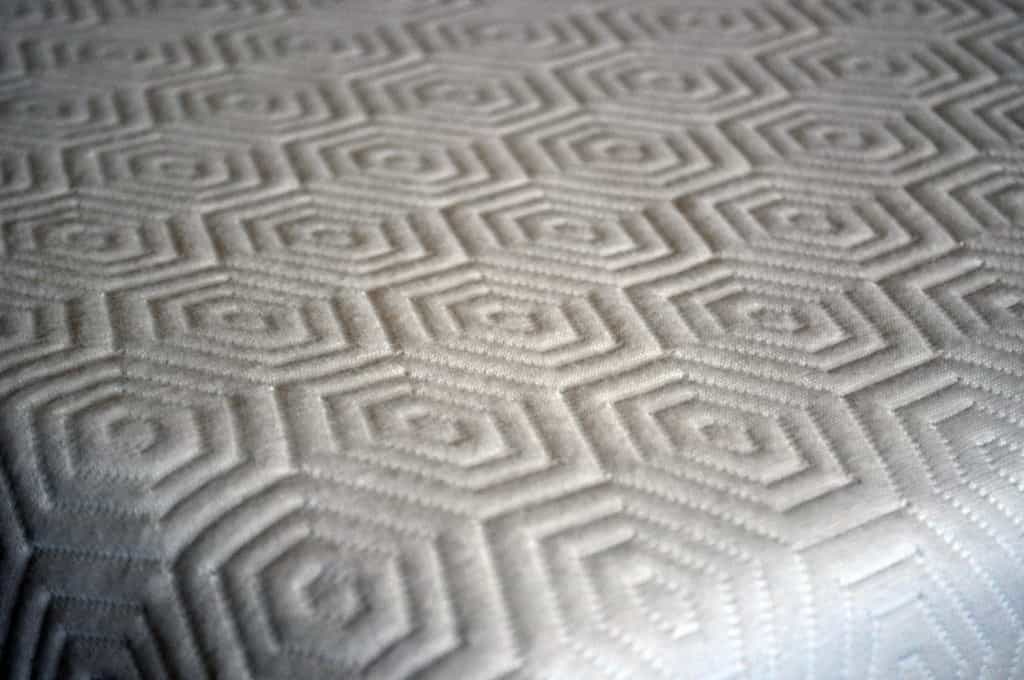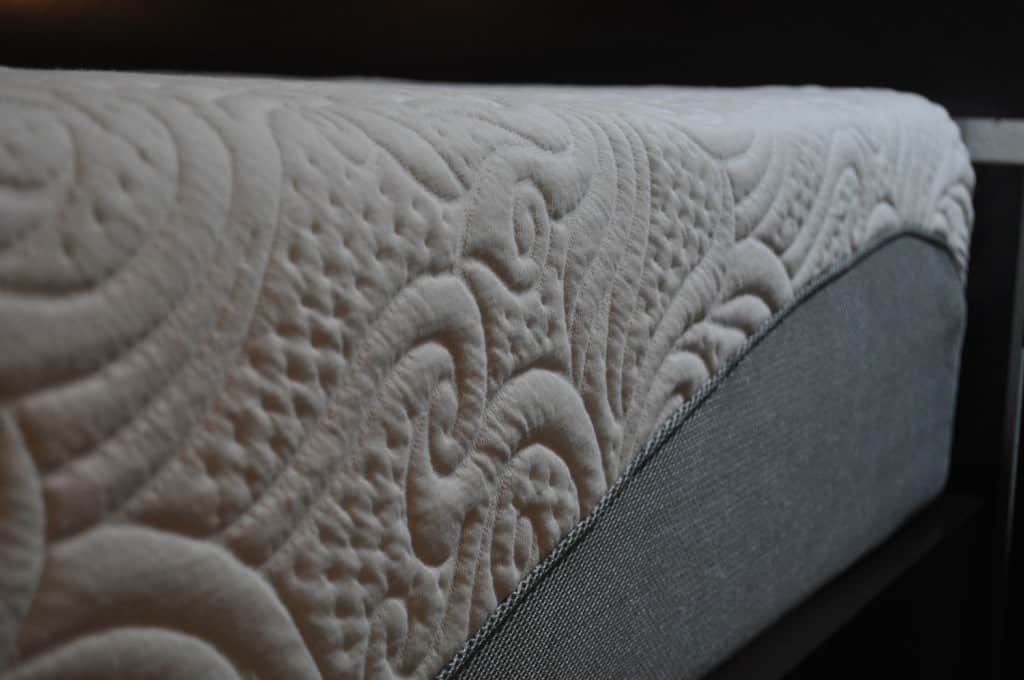Celliant is a patented grouping of micro sized particles made up of a variety of materials including silicon and aluminum oxide. These particles are developed into a resin that is interwoven into the fibers of the Celliant material.
Celliant utilizes the natural energy given off by your own body and transforms it into a source of energy for your body. This source of energy is then reflected back into the body through a variety of channels including infrared light. This infrared light is linked to numerous benefits for your body including increased oxygenation to your cells, improved circulation, and better regulation of body temperature.
How does Celliant improve sleep?
Your body is able to function more efficiently by getting increased blood flow throughout your body. Functioning at higher levels allows your body to better perform maintenance tasks. Faster healing and pain relief are just a couple of the major benefits Celliant creates through this improved oxygenation (see below for more). Celliant utilizes infrared energy to deliver these benefits. As a result, your body will most likely not feel this energy working. However, over time you may start to see these benefits manifest as a result of using a mattress cover infused with Celliant.

The cooling benefits are the most noticeable that you will likely feel first. Celliant fibers are designed to breathe, preventing heat retention in your mattress. Additionally, the conversion of body heat into infrared light directly reduces the sleeping surface of the mattress. Finally, the secondary benefits of the infrared light help your body naturally improve internal temperature regulation. This combination results in great cooling and a noticeably more comfortable sleeping surface.
Because of the way the Celliant fibers are interwoven into the material, they will not wash out when laundered over time. This is because it is not a spray-on or application that is applied on top of the material. Celliant fibers are woven into the fabric like any textile (polyester, cotton, wool, etc.). As such, they do not wash out or deteriorate over time.
Celliant Clinical Trials
Celliant has been put through many trials that were produced by top universities including University of California, Irvine, Texas A&M University, and even international studies by University of Calgary. To date, Celliant has been third-party verified in over nine clinical trials hosted by various universities and research institutes. These clinical trials have verified that products with Celliant fibers:
- Increase oxygenation levels in the body
- Relieve pain
- Increase comfort
- Aid in healing (via increased oxygen levels)
- Better regulate body temperature
For the complete list of of all Celliant clinical trials click here.

What mattresses have Celliant in them?
The following list of mattresses are all of the mattresses Sleepopolis has reviewed that include Celliant in the cover. These mattresses include a sizable percentage of Celliant in the cover. Most of these covers are a blend of polyester with Celliant. Celliant generally makes up 18-22% of the total textile blend.
| Mattress | Price* | Review |
|---|---|---|
| Amerisleep Americana | $799 | [button link=”https://sleepopolis.com/mattress-reviews/amerisleep-americana-mattress-review/” type=”icon” icon=”paper”] Read Review[/button] |
| Bear | $800 | [button link=”https://sleepopolis.com/mattress-reviews/bear-mattress-review/” type=”icon” icon=”paper”] Read Review[/button] |
| Amerisleep Colonial | $1,799 | [button link=”https://sleepopolis.com/mattress-reviews/amerisleep-colonial-mattress-review/” type=”icon” icon=”paper”] Read Review[/button] |
| Amerisleep Independence | $2,049 | [button link=”https://sleepopolis.com/mattress-reviews/amerisleep-independence-mattress-review/” type=”icon” icon=”paper”] Read Review[/button] |
*Pricing is for a Queen size, using any available discounts or promo codes.
Still having questions or concerns about Celliant? Please drop me a comment below or shoot me an email via my contact form. I would be more than happy to help! For more information on Celliant visit Celliant.com.



























